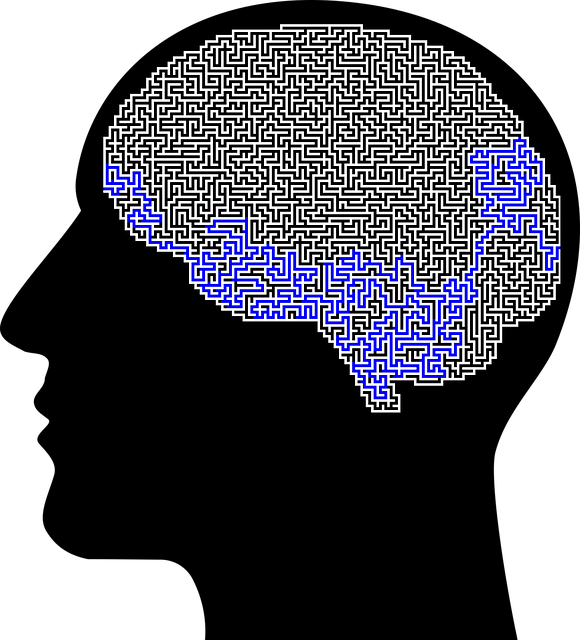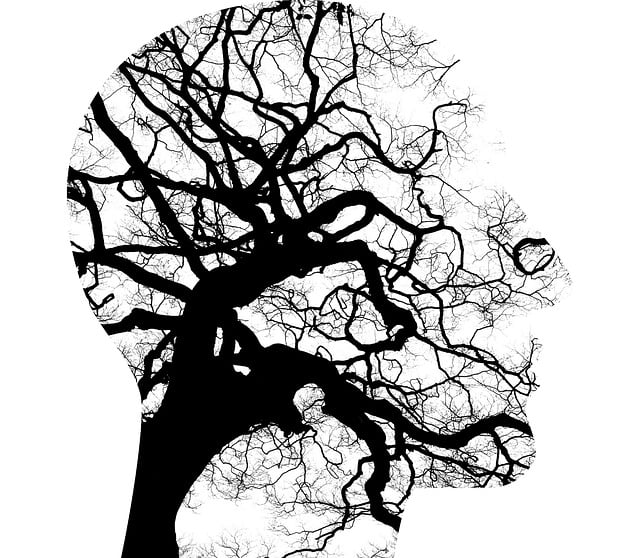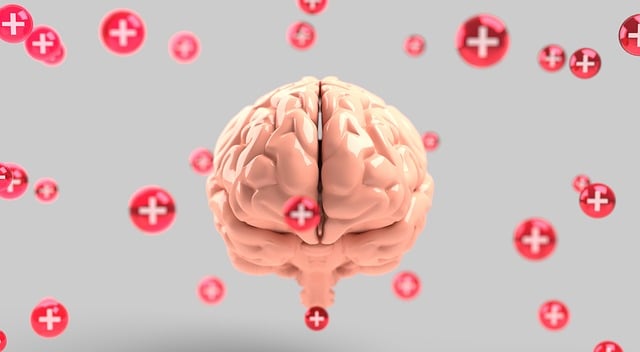Wheat Ridge Children Therapy utilizes positive thinking strategies like cognitive reframing, gratitude, and conflict resolution to enhance young minds' mental well-being. They tailor activities based on age and individual needs, using engaging methods like role-playing and games. The goal is to create a safe space for children to build resilience, self-esteem, and emotional intelligence while reducing stigma around mental health. Through interactive exercises, open communication, and regular assessments, therapists empower kids with tools to navigate their emotions positively, fostering healthy development.
In the realm of Wheat Ridge Children’s Therapy, fostering positive thinking is a powerful tool for nurturing young minds. This article explores an innovative exercise designed to enhance children’s resilience and optimism. By understanding the profound impact of positive thinking on child development, we prepare to implement this practice in a Wheat Ridge setting. We’ll guide you through designing engaging activities, facilitating effective delivery, and measuring success, ensuring a transformative experience for young clients.
- Understanding Positive Thinking and its Impact on Children
- Preparing to Implement the Exercise in a Wheat Ridge Children's Therapy Setting
- Designing an Engaging and Effective Positive Thinking Activity
- Facilitating the Exercise: Tips for Successful Delivery
- Measuring Success and Adjusting the Positive Thinking Exercise
Understanding Positive Thinking and its Impact on Children

Positive thinking is a powerful tool that can significantly shape a child’s mental and emotional well-being. At Wheat Ridge Children Therapy, we recognize the profound impact of optimistic perspectives on young minds. By fostering positive thinking, children develop resilience, enhanced self-esteem, and improved coping mechanisms. This approach encourages them to view challenges as opportunities for growth rather than insurmountable obstacles.
Implementing positive thinking exercises in therapy sessions can include teaching children cognitive reframing techniques, such as identifying and challenging negative thoughts. We also incorporate activities that promote gratitude, encouraging kids to appreciate the good in their lives. These strategies not only help manage anxiety relief but also foster cultural sensitivity in mental healthcare practice by promoting inclusive and positive narratives. Conflict resolution techniques are additionally beneficial, teaching children peaceful ways to navigate disagreements, thereby enhancing their overall emotional intelligence.
Preparing to Implement the Exercise in a Wheat Ridge Children's Therapy Setting

When preparing to implement a positive thinking exercise in a Wheat Ridge Children’s Therapy setting, it’s crucial to consider the unique needs and dynamics of this environment. Wheat Ridge Children’s Therapy aims to create a safe and supportive space for young minds, so any exercise should be tailored to foster resilience, self-esteem, and emotional well-being. Start by assessing the age group you’ll work with; different ages may require variations in activity level and language used. Conducting a risk assessment is also essential, considering the sensitivity of mental health topics; this ensures the safety and comfort of both therapists and clients.
Effective communication strategies are vital to engage children and ensure they understand the purpose behind the exercise. Use simple, age-appropriate language and visual aids to explain positive thinking concepts. Encourage open dialogue to address any fears or uncertainties about discussing emotions openly. Remember, in Wheat Ridge Children’s Therapy, the goal is not only to reduce the stigma surrounding mental illness but also to empower children with tools to navigate their emotional landscapes healthily and positively.
Designing an Engaging and Effective Positive Thinking Activity

Designing an engaging and effective positive thinking activity involves carefully considering the needs and interests of the participants, particularly when tailored for children at Wheat Ridge Children’s Therapy. Start by identifying a specific goal related to mental wellness or conflict resolution techniques that you want to instill. For example, the activity could focus on cultivating gratitude or teaching strategies to manage stress and anxiety. Incorporate interactive elements such as role-playing scenarios, group discussions, or creative exercises like journaling prompts. These activities not only make learning enjoyable but also encourage active participation.
Use age-appropriate language and tools that resonate with children. Visual aids, stories, or games can effectively convey concepts of positive thinking. For instance, a board game designed to navigate through different emotions can teach children how to recognize and express their feelings constructively. By making these activities both entertaining and educational, you enhance the potential for positive behavioral changes and improved mental wellness in a supportive environment like Wheat Ridge Children’s Therapy.
Facilitating the Exercise: Tips for Successful Delivery

When facilitating a positive thinking exercise, especially for children at Wheat Ridge Children Therapy, creating a safe and supportive environment is paramount. Begin by explaining the activity’s benefits in simple terms, ensuring every child understands that it’s a space to explore their thoughts and feelings without judgment. Use engaging analogies or stories to illustrate how positive self-talk can be a powerful tool for managing emotions, boosting self-esteem, and even resolving conflicts.
Encourage active participation through interactive exercises like role-playing, group discussions, or even art projects that allow children to visually represent their thoughts. Offer specific guidance during the exercise while fostering independence. After the activity, provide opportunities for reflection by asking open-ended questions. This reflective phase helps solidify the learning experience and enables children to apply what they’ve learned in their daily lives, thereby improving stress management skills and conflict resolution techniques.
Measuring Success and Adjusting the Positive Thinking Exercise

Measuring Success and Adjusting the Positive Thinking Exercise involve a continuous process of evaluation and adaptation tailored to individual needs. At Wheat Ridge Children’s Therapy, we utilize various metrics such as self-reported mood journals, progress notes from therapists, and parent feedback to assess the effectiveness of these exercises. Self-Awareness Exercises play a crucial role in this assessment by helping individuals gain insights into their thoughts and emotions, which are essential components for understanding both success and areas needing improvement.
By regularly reviewing these data points, our team can identify patterns and make informed decisions about adjusting the positive thinking exercise implementation. For instance, if a particular technique proves highly successful in reducing stress (a common goal in Trauma Support Services), we might incorporate it more heavily into our Stress Reduction Methods. Conversely, if an exercise is not yielding desired results, we explore alternative approaches, ensuring that each individual receives the most suitable and impactful support.
Implementing positive thinking exercises in a Wheat Ridge Children’s Therapy setting can significantly enhance young minds’ resilience and overall well-being. By understanding the power of positive thinking, preparing thoughtfully, designing engaging activities, and facilitating them effectively, therapists can create a supportive environment that empowers children to navigate challenges with optimism. Measuring success through observation and adjustment ensures the exercise remains impactful and tailored to each child’s unique needs. This structured approach promises to revolutionize therapy experiences at Wheat Ridge Children’s Therapy, fostering lasting positive changes in young lives.














